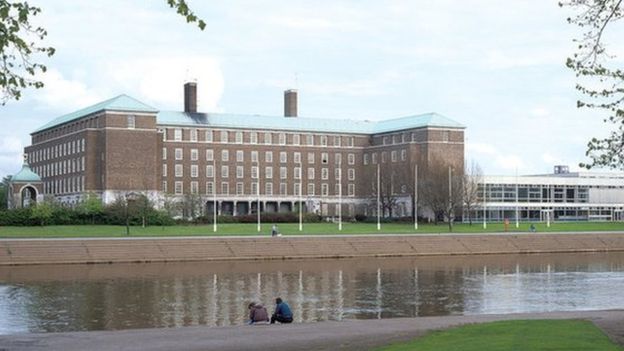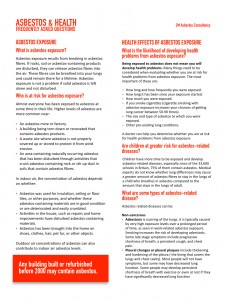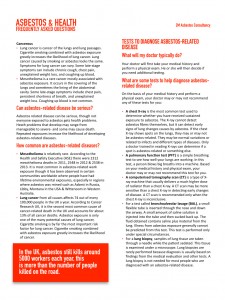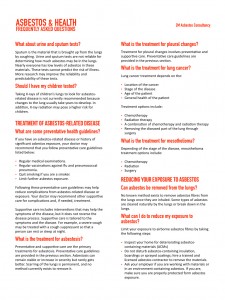Nine in ten schools in Nottinghamshire still contain asbestos – and nearly £200,000 in damages has been paid to employees who have been exposed to it in the past.
Around 88 per cent of schools, out of the 252 on Nottinghamshire County Council’s books, are asbestos registered.
A Freedom of Information request, submitted by Notts TV News, shows that, since April 2010, £196,907 has been paid to two out of a total of four claimants.
Two claimants developed asbestos-related diseases as a result of exposure to asbestos during their employment at unnamed schools in the past.
Three claimants were teachers, the other was a caretaker, and all said they had been exposed to dangerous asbestos fibres in the air.
No pupils, past or present, are known to have ever been affected by exposure to asbestos in schools.
Asbestos can be found in buildings made or refurbished before the year 2000; it was banned from being used as a construction material in 1999.
Asbestos still kills around 5,000 workers each year.
When materials containing asbestos are disturbed or damaged, fibres are released into the air, becoming dangerous. When these fibres are inhaled they can cause serious medical conditions, such as cancer – some of which take a long time to develop.
Joanne Gordon, co-ordinator of Derbyshire Asbestos Support, an organisation which works to help people affected by asbestos-related diseases in Derbyshire, Nottinghamshire, Leicestershire, Northamptonshire and Lincolnshire, described the number of schools with asbestos present as “high”.
She said: “We are seeing people who are being diagnosed with Mesothelioma regularly. We have had a percentage of people who have been teachers that have been diagnosed with Mesothelioma. It’s something we’re concerned about.”
Mesothelioma is a cancer and can result from low-level exposure to asbestos – it still has no cure.
“Our concern is that schools are environments where asbestos could be an issue regularly because children might knock against it, kick a ball against it,” Gordon added.
The council, meanwhile, said it takes the management of asbestos “very seriously”.
- Page 1
- Page 2
- Page 3
- Page 4
The council has a Local Asbestos Management Plan (LAMP) which covers 504 sites, including the 222 schools on the asbestos register. The plan sets out how each site is managed safely by those responsible.
In a statement, the council said: “In schools, that responsibility lies with the head teacher. The LAMP covers issues such as communication, training, monitoring and record keeping, managing contractors, and dealing with emergencies.
“The asbestos registers are maintained by yearly inspections carried out by directly employed specialist surveyors. During their visit, they carry out an audit of the LAMP to check that it is in place and being implemented.”
The figures released under the request do not include Nottingham city schools, which are kept on a separate register.
According to the Derbyshire Support Group, more money has been paid out in damages to people affected by asbestos in Derbyshire schools than those in Nottinghamshire – but that, as a whole, there is more asbestos across Nottinghamshire than Derbyshire.
Gordon said asbestos can be found in classrooms, corridors, gyms, halls and around windows and boilers.
The support group recently developed an interactive function where asbestos may be found in schools to raise awareness for teachers and school staff.
Source: Notts TV News






